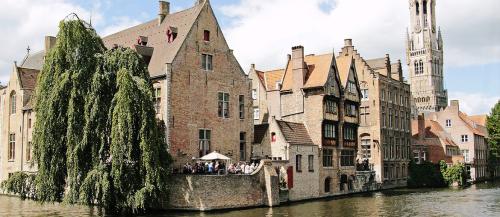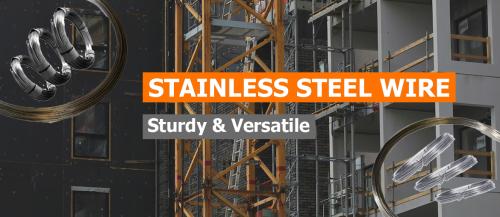Towards the end of the 1920s, two companies who couldn’t have been more different had the same idea - to use stainless steel, then a very new material, to clad their respective buildings. It was something of an architectural shocker but the public loved it and the structure remains to this day on both the Savoy Hotel & Theatre in London and the Chrysler Building in New York.
The Savoy Hotel & Theatre was the first to reveal its use of stainless steel - a huge, impeccably-gleaming sign of the hotel’s name, bathed in fluorescent green light. This represented the first ever use of stainless steel as a decorative feature and influenced a generation of architects who were to follow. One of the hotel’s many directors is quoted as saying that: “The Savoy is always up-to-date, and if possible, just a little ahead”. Susan Scott, the Savoy’s resident archivist, explains that the original owners were “theatre people” who loved “dramatic sense”.
The towering, imposing stainless steel apex that tops the Chrysler Building is an iconic part of the New York skyline and has been since it was unveiled in 1929. Prefabricated, the stainless steel spire was erected in less than two hours and reached a record-breaking 56m, stealing the crown from another skyscraper on Wall Street to become the tallest building in the world at that time.
The invention of stainless steel did away with the notion that steel had to be protected by another material or otherwise left to inevitably corrode. It is difficult to imagine now the sensation caused by such a strong, versatile metal as it has become such an integral part of our daily lives, from domestic through to commercial and industrial applications.






